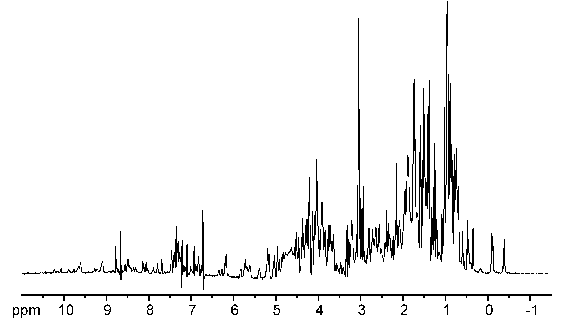Mobility. Since the beginning of time, humanity increasingly spread out across the globe. First, we walked out of Africa. Then, we walked across Asia and Europe. Some of us walked across the ice-bridge into the Americas. Others took boats into Oceania, the Southern Pacific and Australia. Then, we invented the wheel, then the axle. Next, we developed animal husbandry, and we attached our horses to the carts. Then rapidly, we developed trains, cars, planes and various other vehicles to traverse our world. We didn’t even stop with Earth. We made it to the moon. Humanity craves mobility.
We learned how to move ourselves, but don’t think we would leave our things behind. Large things have repeatedly been miniaturized so we can bring them along with us. Statues, guns, knives, books, phones and many other devices are much smaller than their earlier counterparts.
However, there are still immovable things. We cannot just pick up a house and take it everywhere we go. (Ok, ok. I know what RVs have nowadays…. but you get the point). We also can’t take priceless art on the go with us. Some, like the Mona Lisa, are small enough where you could conceivable place it under your arm. However, there are frescoes, buildings and statues that are permanently stuck. For us humans, always on the go, they can frustrate us. They make it especially hard for scientists who just gather the important stuff and go back to their labs. We want to make the art mobile, but instead, those stupid art curators want the lab to be mobile. What jerks.
So, we’ve made our devices mobile for them. We’ve compacted huge instruments into something that can easily be transported in a car, or even a pocket. I present to you mobile NMR.
"I don't hear no heartbeat."
Wow, is that guy just using his laser mouse? For science! No, he’s compacted a daunting and scary machine. A machine that takes up whole rooms.
Do all scientists have inferiority complexes?
This NMR-mouse is amazing technology. It produces inhomogenous magnetic waves to analyze the spin of hydrogen nuclei. This spin interacts with other spin nuclei around it, and it spits out a data chart that can look like this.
How terrible would it be if a stick-man fell on that?
But you tell me that looks like a bunch of squiggles. Well, it is. It takes a real trained eye to figure out what all that means. Heck! They even have 3D images that give you even more information. However, for small molecules, one can easily learn how to decipher these squiggly lines. They shift depending on whats next to them, and depending on how many nuclei there are that share the same exact spin value, the squiggles get bigger.
The most amazing thing about this find is that it only adds to humankind’s increasing arsenal of mobile tools. Now the lab can come to the specimen. We can see how things are in its environment. This can unlock information that has been overlooked.
Thanks to these wonderful sponsors!
http://pubs.acs.org/doi/pdf/10.1021/ar900277h
http://www.act-aachen.com/images/mousetyre.JPG



No comments:
Post a Comment